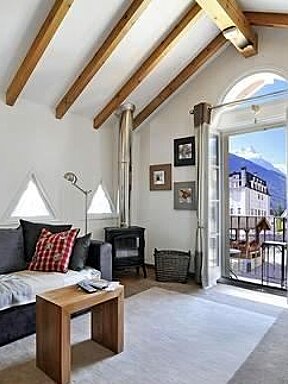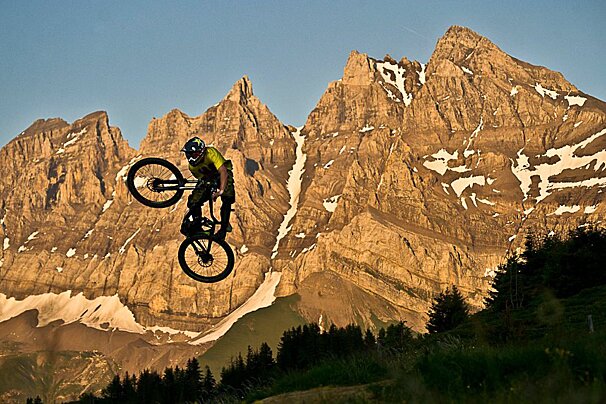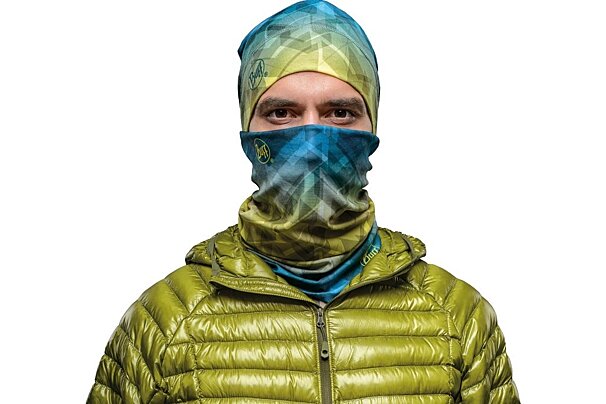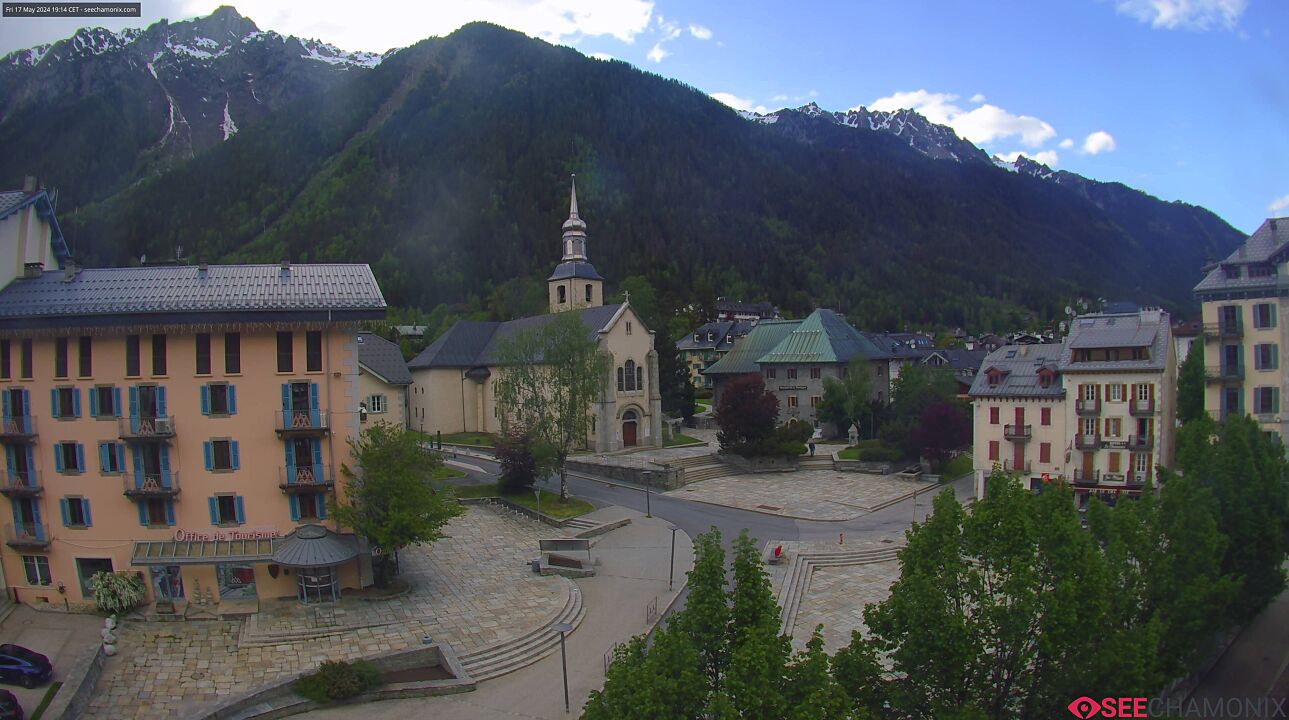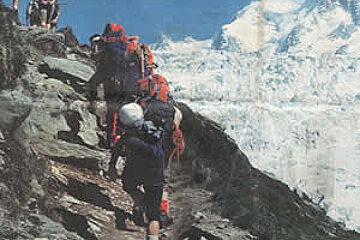
Obligatory permit to climb Mont Blanc?
Jean-Marc Peillex, the Mayor of St Gervais, is worried. His concerns are over the number of people that come to the area each year to climb Mont Blanc and the ecological and safety concerns that this number of climbers brings with it. He was speaking recently in relation to his latest initiative “La Montagne a l'Etat Pur” (The Mountain in its purest state).
When talking for the first time, Peillex put forward some fairly radical propositions; an obligatory permit – of which the number issued would be restricted by the capacity of the refuges (Tete Rousse 70, New Gouter Hut 140) – 210 per day. Or making it obligatory to take a guide. His suggestions were not very well received by the Chamonix Mairie and local Guide Associations as all view the mountains as a “free space” and want them to remain that way. Whilst all agreed that people must take a responsible attitude whilst in the mountains, Michel Charlet, Chamonix Mayor, viewed the imposition of a guide as verging on “illegal” (A similar proposition was made one year that the crevasses on the Grand Montets were particularly exposed – it was refused).
Whilst the number of climbers attempting Mont Blanc has not significantly increased in recent years, part of the rise can be attributed to the number of “wild campers” that have appeared; those that sleep in tents rather than use the refuges either by choice or necessity if the refuges are full. This obviously increases the capacity of people on the mountain at any one time and increases the environmental concerns in terms of litter and sanitation problems. Peillex has also asked the PGHM to intervene in this problem and remove such campers citing legal infractions. It is technically illegal to camp in the natural reserves of the region whilst the concept of “bivouacking” (where a climber can pitch a tent at dusk and pack up at sunrise in isolated areas) is allowed, and indeed was how the history of alpinism on Mont Blanc began in 1786 with Paccard and Balmat. However, this enforced removal of campers would also pose a dilemma for the PGHM. What other options are available to these climbers if the refuges are full? When it's a choice between dying of cold or pitching a tent……..
Whilst Mont Blanc is predominantly associated with Chamonix, the most popular route to the summit is the Voie Royale where climbers begin by taking the Tramway du Mont Blanc up from St Gervais to the Nid d'Aigle (Eagle's Nest). From here the route continues past the refuge du Tete Rousse and the notorious Couloir du Gouter, after which the majority of climbers spend a night in the refuge Gouter (3817m). When we say “a night”, groups usually leave this refuge at 1 or 2am to commence the second part of the ascent, reaching the 4808m summit 5-7 hours later. Concerns have surfaced now that some 20 000 alpinists make a bid for the summit each year. However it looks like it will be some time before agreement on the best method of control will be reached.
Photo credit: Le Dauphiné

